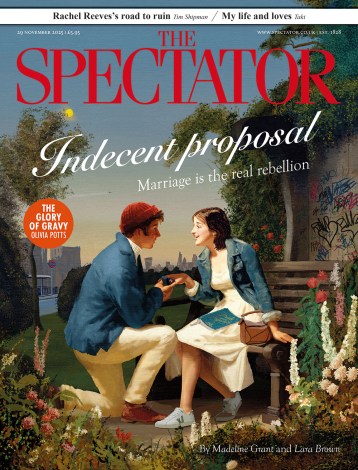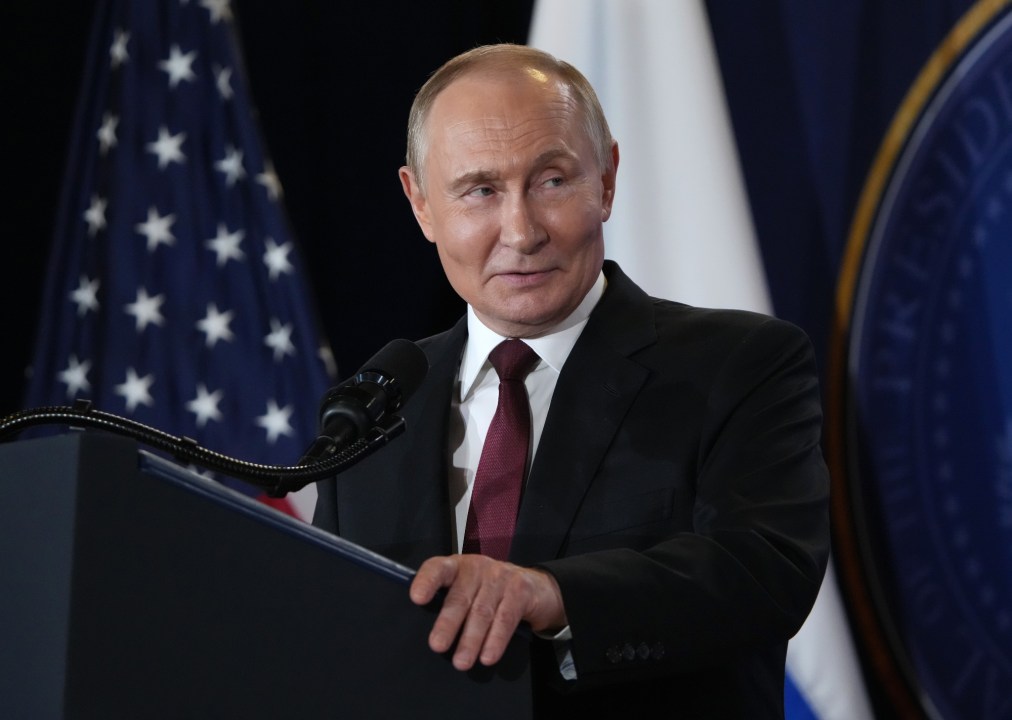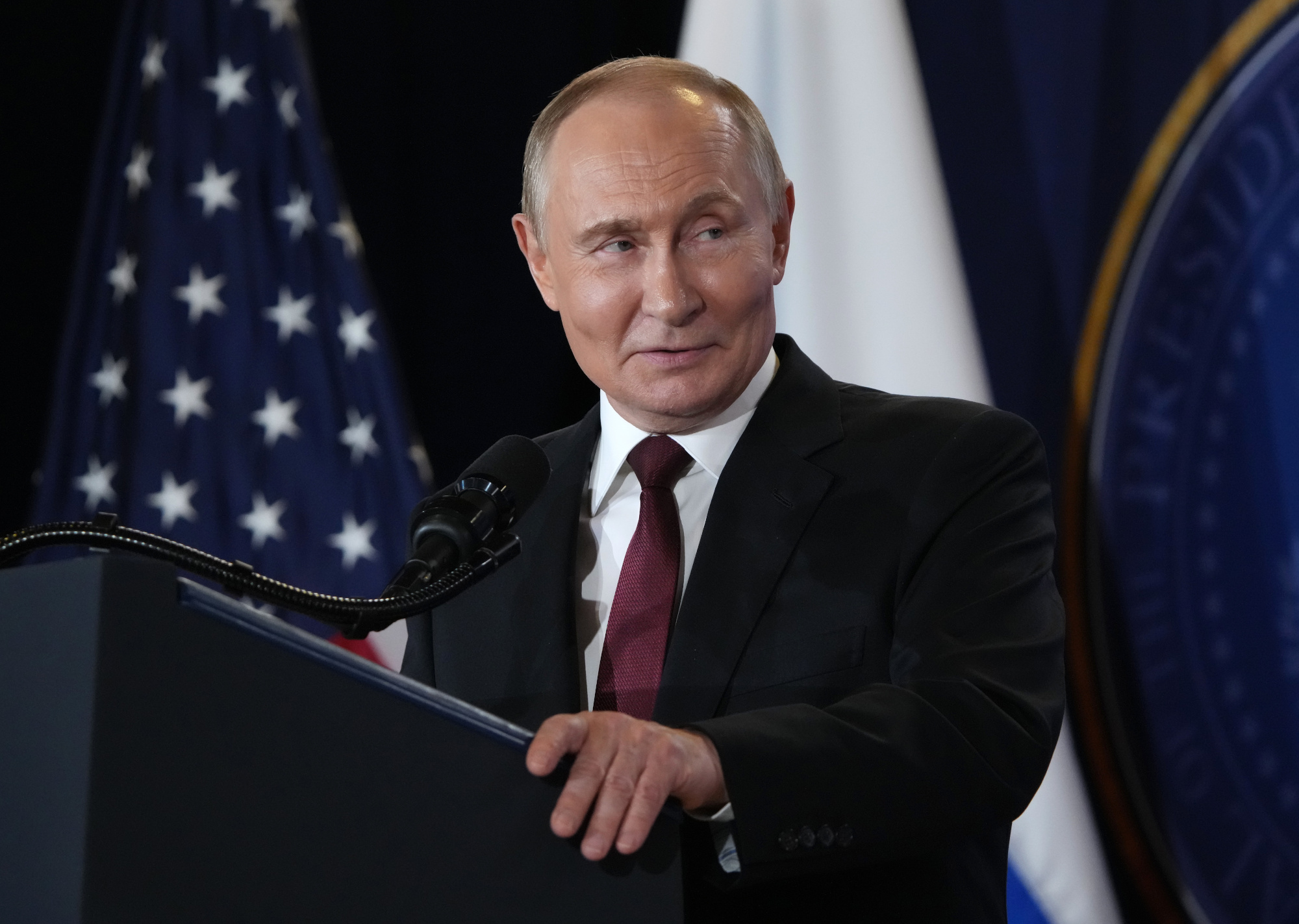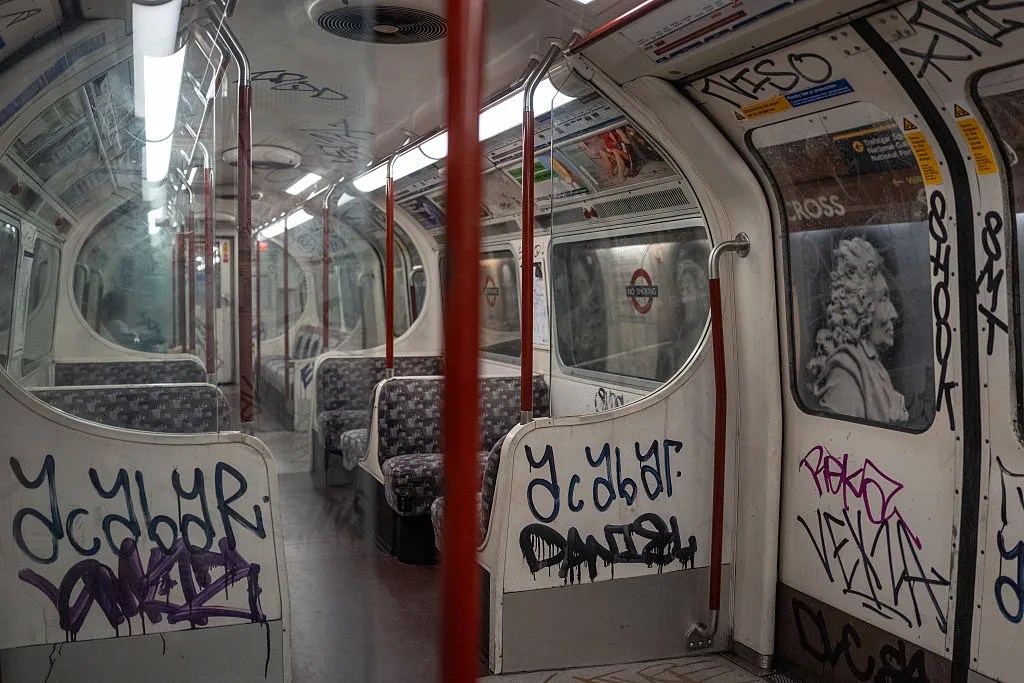After the jaw-dropping spectacle of the Putin-Trump summit in Alaska, there was another full day of theatre on Monday as Trump hosted European leaders and President Volodymyr Zelensky at the White House. Yet the results of this three-day diplomatic pageant are embarrassingly modest.
In the absence of a breakthrough on this important question, Trump’s diplomacy is little more than a fireworks show
One of Trump’s trumpeted achievements is Russia’s alleged agreement to western security guarantees for Ukraine. It was President Trump’s special envoy Steve Witkoff who first announced this breakthrough, with some fanfare, in an interview with CNN’s Jake Tapper. ‘We sort of were able to… get an agreement,’ Witkoff said, ‘that the United States could offer Article 5 protection [for Ukraine], which was the first time we had ever heard… the Russians agree to that.’
The word ‘sort of’ does a lot of heavy lifting here because Russia’s unprecedented concession is not a concession at all, or certainly not Russia’s concession. It is the United States that, ignoring Zelensky’s pleas, has refused to provide tangible security guarantees to Ukraine for fear that doing so could lead to a direct conflict with Russia. But, ever the salesman, Trump has managed to sell a US concession to Ukraine as Russia’s major concession and an indication that Putin is willing to talk peace.
As for Putin, it remains to be seen what he has actually agreed to. During his joint press conference with Trump, the Russian President referred vaguely to the importance of assuring Ukraine’s security. ‘Of course, we are willing to work on this,’ he offered.
But it is important to remember that already in the spring of 2022, during the ill-fated talks in Istanbul, the Russians provisionally agreed to a security mechanism for Ukraine that would involve the United States and other western powers. However, Putin made it clear then that he expected to have the right to veto any collective action to help Ukraine. It is unclear whether this expectation was brought up during his brief interaction with Trump in Anchorage. Thus constrained, any US security guarantee would not be worth the paper it’s written on.
The other major uncertainty pertains to Russia’s willingness (or not) to permit Western contingents in Ukraine as part of a peace settlement. Moscow has repeatedly rejected the idea of troops on the ground in Ukraine if these troops are from Nato member states.
The latest rebuttal came even as Trump was meeting European leaders in Washington in the form of a scornful comment by the eccentric spokesperson of the Russian Foreign Ministry Maria Zakharova who criticised Great Britain – which, along with France, has been one of the leaders of the so called ‘coalition of the willing’ and has broached the subject of sending contingents to Ukraine – for ‘risky and ill-thought-through geopolitical gambits’ and for trying to ‘obstruct the careful work of the Russian and American negotiators.’
Helping Maria Zakharova’s case, President Trump has not been very forthcoming with concrete details of US participation. His message – as he put it in a joint press conference with President Zelensky – is that Europe would be ‘the first line of defence… but we’re gonna help them out also.’ What that ‘help’ may amount to remains to be seen. For now, at least, Trump’s security promise sounds rather hollow.
So, the big question – what kind of security guarantees Russia has agreed to, and what kind of security guarantees the United States might be willing to offer – remains completely obscure. In the absence of a breakthrough on this important question, Trump’s diplomacy is little more than a fireworks show: it offers a momentary distraction from the gruelling reality of war.
Trump has now kicked the ball back over to the Russians and the Ukrainians. He expects Putin and Zelensky to meet in person and just work it out among themselves. In a middle-of-the-night phone call with Trump, Putin promised – per Russian readout – to ‘consider the possibility of raising the level of representatives of Ukrainian and Russian sides… participating in direct negotiations.’ In the meantime, Russian forces continued pummelling targets across Ukraine.
Putin has offered no concrete evidence that he is willing to make a deal on terms that would fall short of Ukraine’s capitulation. ‘If there aren’t concessions, if one side gets everything they want, that’s called surrender,’ Secretary of State Marco Rubio declared on August 17, shortly after Alaska. But he has failed to show what concessions Putin has made. By all indications, Putin has promised nothing in the way of substance, yet just enough for Trump to drop all talk of ‘severe consequences’ for Russia if he continued to drag his feet.
Shortly before his meeting with European leaders, Trump was caught in hot mic moment: ‘I think he wants to make a deal for me,’ he said. ‘Do you understand? As crazy as it sounds.’ Trump may be crazy to believe Putin’s good intentions, but he has had us all glued to TV screens in the hope that somehow, against all evidence to the contrary, he will in the end pull a rabbit out of the hat and finally deliver peace. There has been nothing in the hat so far.









Comments